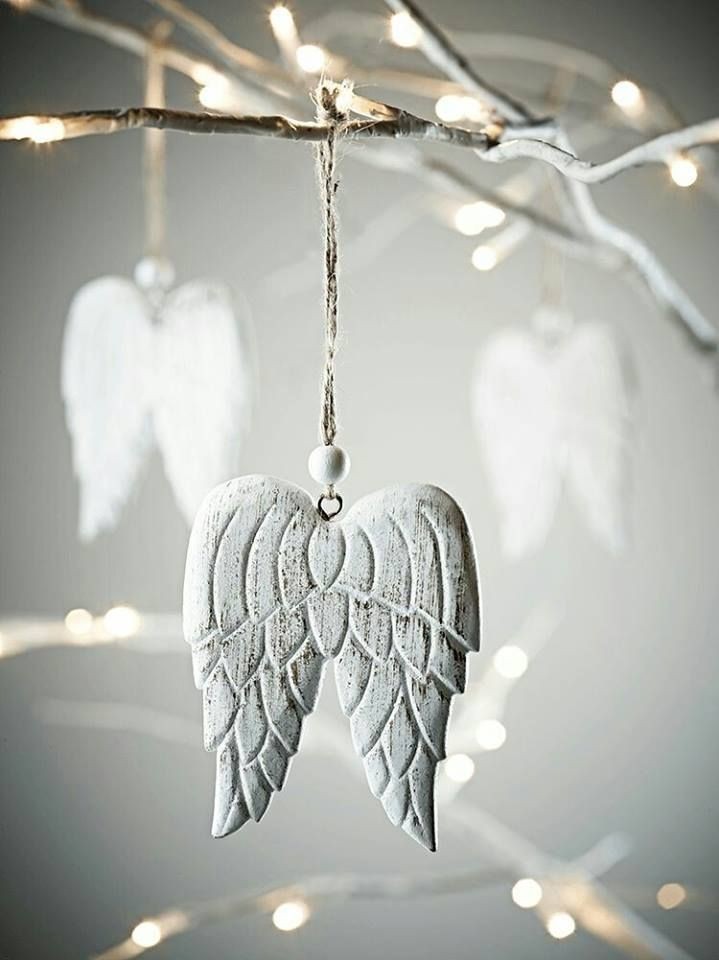The Timeless Echoes: Artistic Movements of Antiquity
- Koöko Fleurs
- Oct 13, 2023
- 3 min read
Updated: Apr 6

The ancient world was a crucible of artistic expression, where each civilization contributed to a rich tapestry of visual culture. The principal artistic movements of antiquity not only reflect the aesthetic values of their times but also continue to influence contemporary art. Let’s delve into the key artistic movements that defined the ancient world.
Classical Greek Art: The Pinnacle of Harmony and Proportion
Classical Greek art represents one of humanity's most profound explorations into beauty, order, and idealism. During the Classical period (c. 500–323 BCE), the Greeks pursued perfection in every form of artistic expression, driven by their philosophical commitment to harmony and proportion. Sculptors like Polykleitos captured the essence of the ideal human form in works such as the *Doryphoros*, which exemplified the *kanon*—a set of mathematical principles governing the proportions of the body. Beyond sculpture, Greek pottery emerged as a unique canvas for storytelling, with painted scenes of mythology, daily life, and heroic epics providing a window into the cultural fabric of the time. These creations, adorned with intricate details, underscored the Greeks' reverence for balance in form and function.
Roman Art: The Blend of Innovation and Tradition
The Romans, inheritors of Greek artistic ideals, adapted and expanded upon this rich heritage, creating art that was as innovative as it was traditional. While they admired and emulated Greek sculpture, their artistic focus often veered toward realism, as seen in their highly detailed busts and statues. These works captured individual personalities with striking accuracy, reflecting the Roman emphasis on legacy and character. Moreover, Roman ingenuity manifested in architecture, where functionality merged seamlessly with aesthetic appeal. Monuments such as the Colosseum stand as testaments to the engineering brilliance of the era, incorporating arches and vaults to create structures of incredible durability and grandeur. Aqueducts, forums, and triumphal arches further highlight how art and utility converged in Roman culture to leave an indelible mark on history.
Egyptian Art: A Vision of Eternity
With its unmistakable style and symbolic power, Egyptian art offers a portal into the spiritual heart of this ancient civilization. Rooted in religious beliefs, especially the concept of an eternal afterlife, Egyptian art was a means of ensuring a smooth transition to the next world. The rigid, formal poses of statues and painted figures were not intended to replicate reality but to convey timeless ideals of stability and permanence. Tomb paintings and elaborate carvings adorned the burial sites of Pharaohs and nobles, depicting divine rituals and scenes of daily life that reinforced the belief in cosmic order, or *ma'at*. The monumental scale and symmetry of their architecture, exemplified by the Pyramids of Giza, reflect the Egyptians' desire to connect earthly existence with the divine.
Mesopotamian Art: The Cradle of Civilization’s Creativity
Emerging from the land between the Tigris and Euphrates rivers, Mesopotamian art is a vivid testament to human ingenuity and storytelling. These early civilizations, including the Sumerians, Akkadians, Babylonians, and Assyrians, produced art that conveyed power, devotion, and historical record. Intricate reliefs, such as those depicting hunting scenes or military conquests, adorned palaces and temples, illustrating the might of kings and gods alike. Monumental structures like ziggurats served as both religious and civic centers, towering over cityscapes as symbols of spiritual and political authority. The Ishtar Gate, with its vibrant blue tiles and depictions of lions and dragons, stands as an iconic example of the Mesopotamians’ technical prowess and artistic imagination.
Byzantine Art: The Divine in Mosaics and Icons
Byzantine art bridges the ancient and medieval worlds, embodying a profound spiritual dimension. Rooted in Christian theology, this movement sought to elevate the viewer’s mind to the divine through intricate mosaics and iconography. Churches like the Hagia Sophia in Constantinople, with its awe-inspiring dome seemingly suspended in the heavens, embodied a fusion of architectural ingenuity and artistic transcendence. Gilded mosaics depicting Christ, the Virgin Mary, and saints transformed sacred spaces into luminous reflections of paradise, while painted icons became tools for personal devotion and prayer. The enduring legacy of Byzantine art lies in its ability to evoke a sense of otherworldly presence, making it a cornerstone of religious expression.
The Legacy of Ancient Art
The artistic traditions of antiquity are more than relics of the past; they are blueprints of human creativity, innovation, and expression. Each movement, from the idealized forms of Classical Greece to the storytelling reliefs of Mesopotamia, has contributed to our collective cultural heritage. These works continue to inspire awe and serve as reminders of the enduring power of art to connect us to our ancestors, reflect our shared humanity, and ignite the imagination of future generations.











Comments